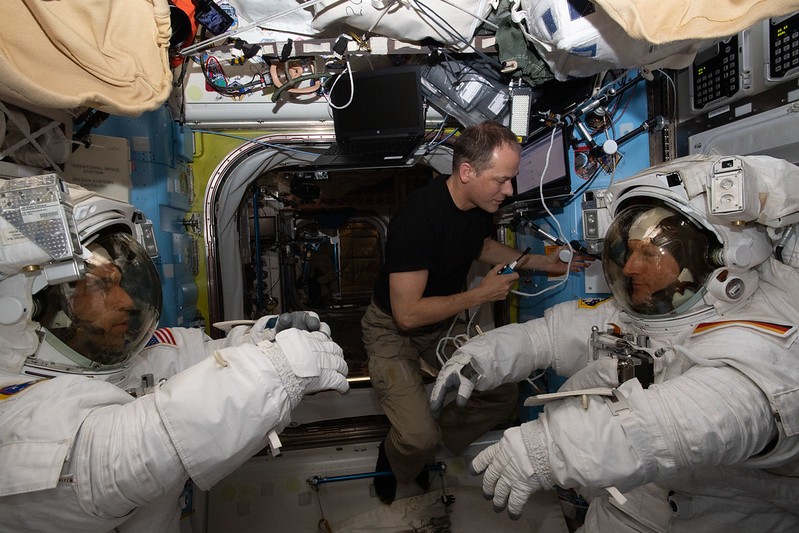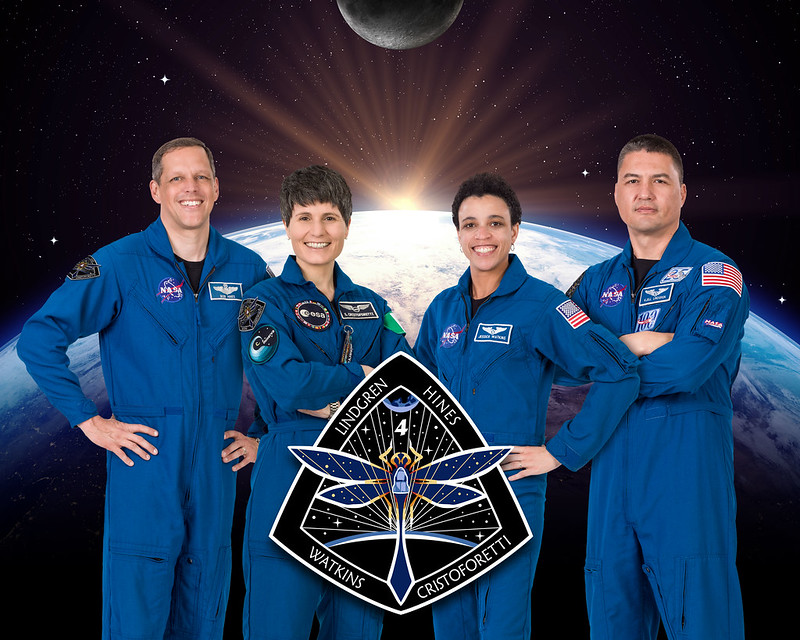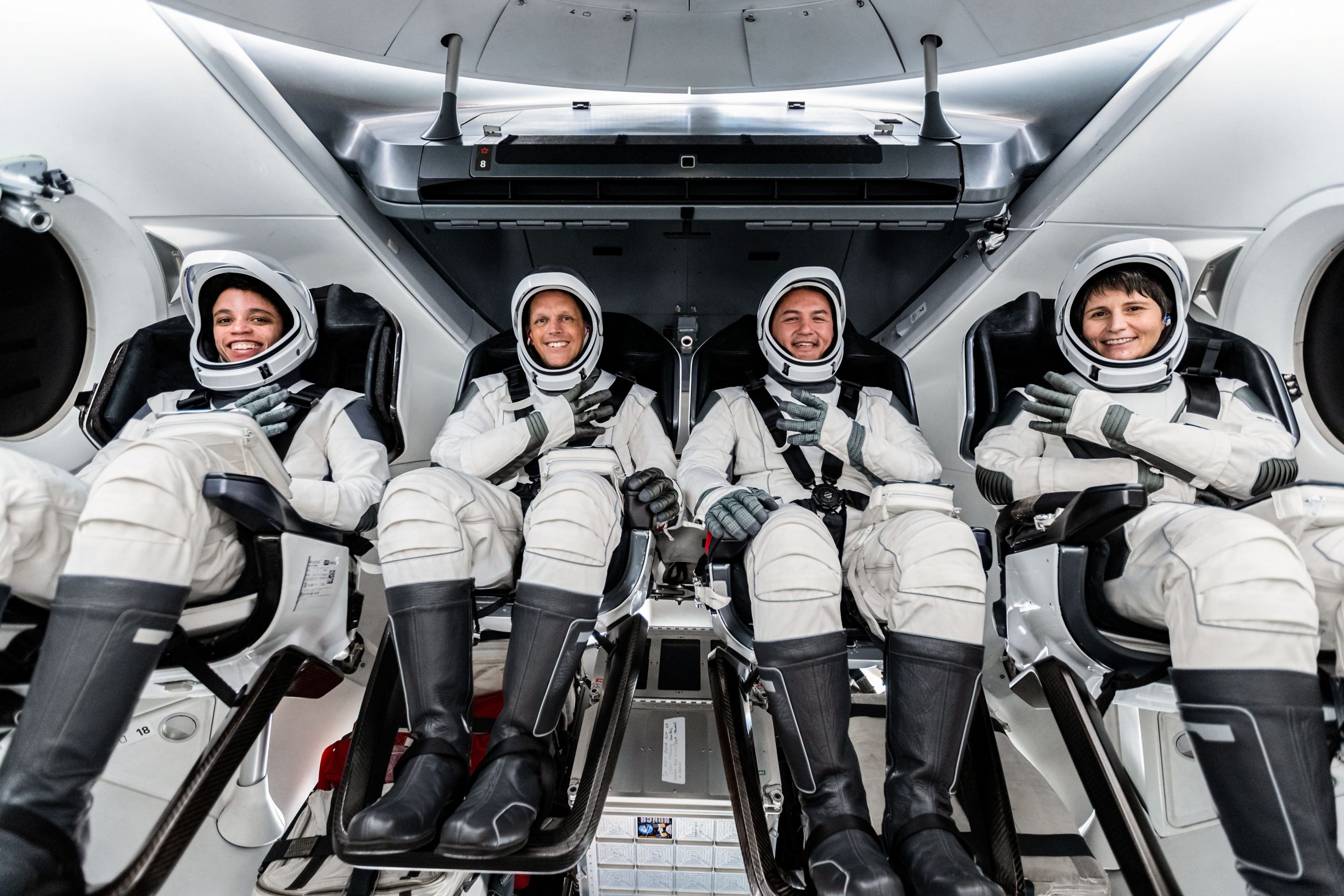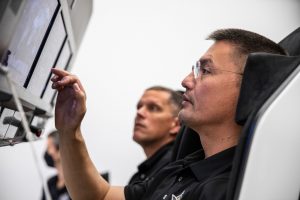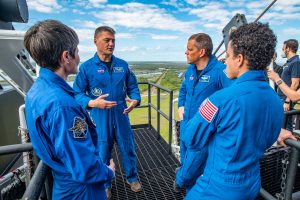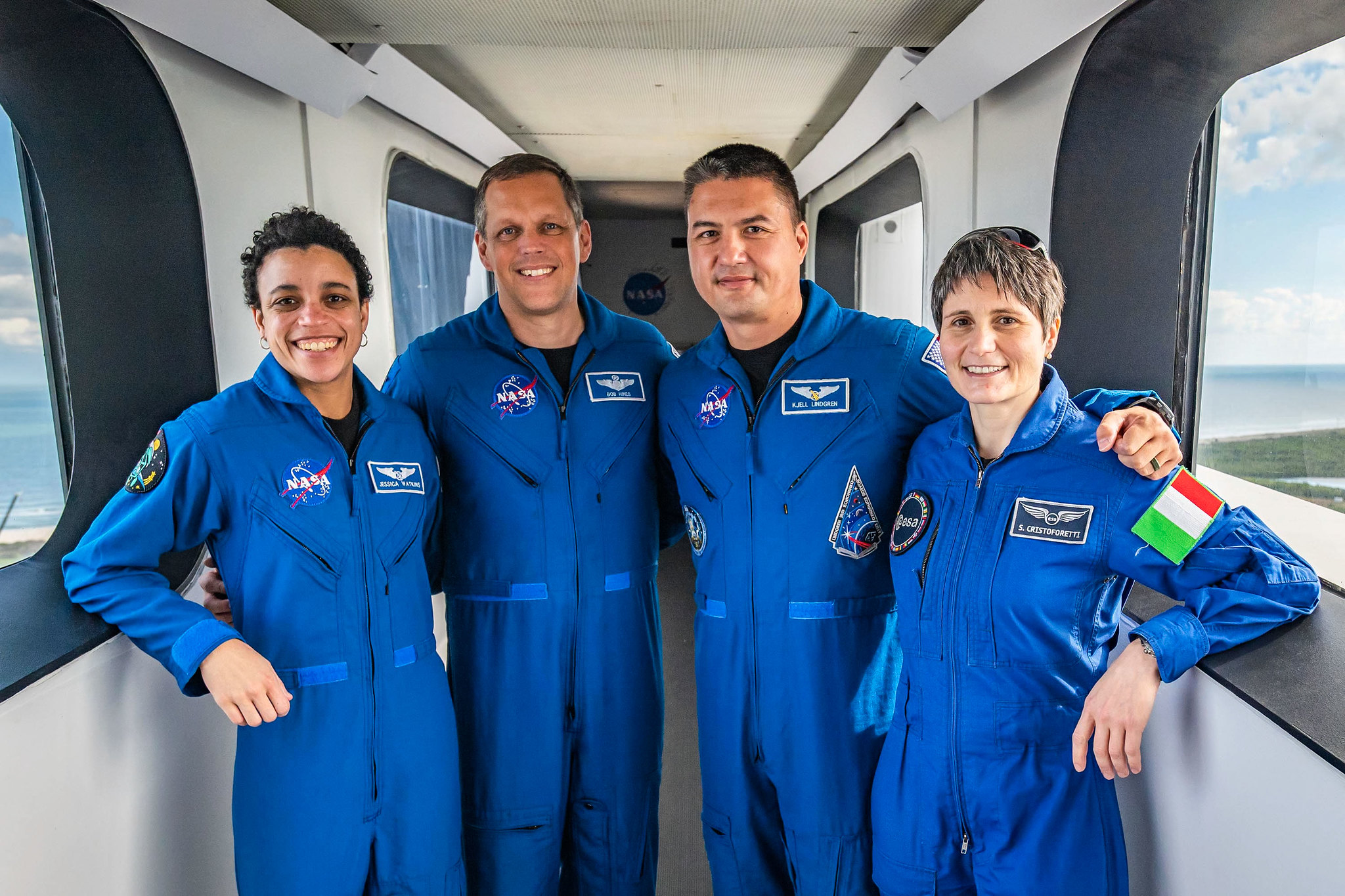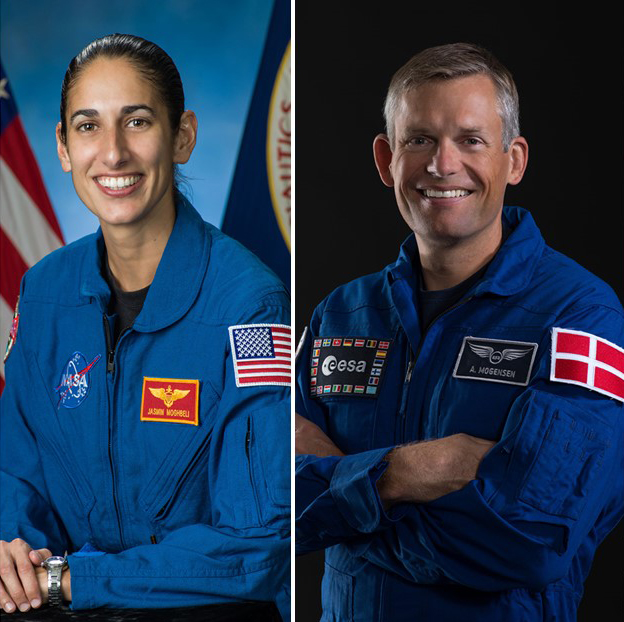
NASA and ESA (European Space Agency) have selected two astronauts to launch on NASA’s SpaceX Crew-7 mission to the International Space Station.
NASA astronaut Jasmin Moghbeli and ESA astronaut Andreas Mogensen will serve as spacecraft commander and pilot, respectively, for the mission. Two mission specialists will be announced later, following review by NASA and its international partners.
The mission is expected to launch no earlier than 2023 on a SpaceX Falcon 9 rocket from Launch Complex 39A at NASA’s Kennedy Space Center in Florida. Moghbeli, Mogensen, and the additional mission specialists will join an expedition crew aboard the space station.
This will be the first spaceflight for Moghbeli, who became a NASA astronaut in 2017. Moghbeli is from Baldwin, New York, and earned a bachelor’s degree in aerospace engineering from the Massachusetts Institute of Technology in Cambridge, Massachusetts, and a master’s degree in aerospace engineering from the Naval Postgraduate School in Monterey, California. As an AH-1W Super Cobra pilot and Marine Corps test pilot, she has flown more than 150 missions accruing 2,000 hours of flight time in more than 25 different aircraft. She also graduated with honors from the U.S. Naval Test Pilot School in Patuxent River, Maryland. At the time of her selection as an astronaut, Moghbeli was testing H-1 helicopters and serving as the quality assurance and avionics officer for VMX-1. She is also the proud mom of twin girls.
This will be Mogensen’s second trip to the space station as a veteran of the ESA 10-day Iriss mission in 2015, for which he served as a flight engineer. Mogensen was the flight engineer on Soyuz TMA-18M spacecraft during launch and Soyuz TMA-16M during the return flight. Mogensen has logged 9 days, 20 hours, and 9 minutes in space. He was born in Copenhagen, Denmark, and graduated with an international baccalaureate from the Copenhagen International School, a master’s degree in aeronautical engineering from Imperial College London, and a doctorate in aerospace engineering from the University of Texas at Austin. In 2015, Mogensen became the first Danish person to go to space and currently is serving as the European astronaut liaison officer to NASA’s Johnson Space Center in Houston.
NASA’s Commercial Crew Program works with the U.S. aerospace industry to provide safe, reliable, and cost-effective transportation to and from the International Space Station on American-made rockets and spacecraft launching from American soil.
For more than 21 years, humans have lived and worked continuously aboard the International Space Station, advancing scientific knowledge and demonstrating new technologies, making research breakthroughs not possible on Earth. As a global endeavor, 253 people from 19 countries have visited the unique microgravity laboratory that has hosted more than 3,000 research and educational investigations from researchers in 109 countries and areas.
The station is a critical testbed for NASA to understand and overcome the challenges of long-duration spaceflight and to expand commercial opportunities in low-Earth orbit. As commercial companies focus on providing human space transportation services and developing a robust low-Earth orbit economy, NASA is free to focus on building spacecraft and rockets for deep space missions to the Moon and Mars.
Follow Moghbeli on Twitter, Instagram and Facebook.
Follow Mogensen on Twitter, Instagram and Facebook.
Find more information on NASA’s Commercial Crew Program at:

